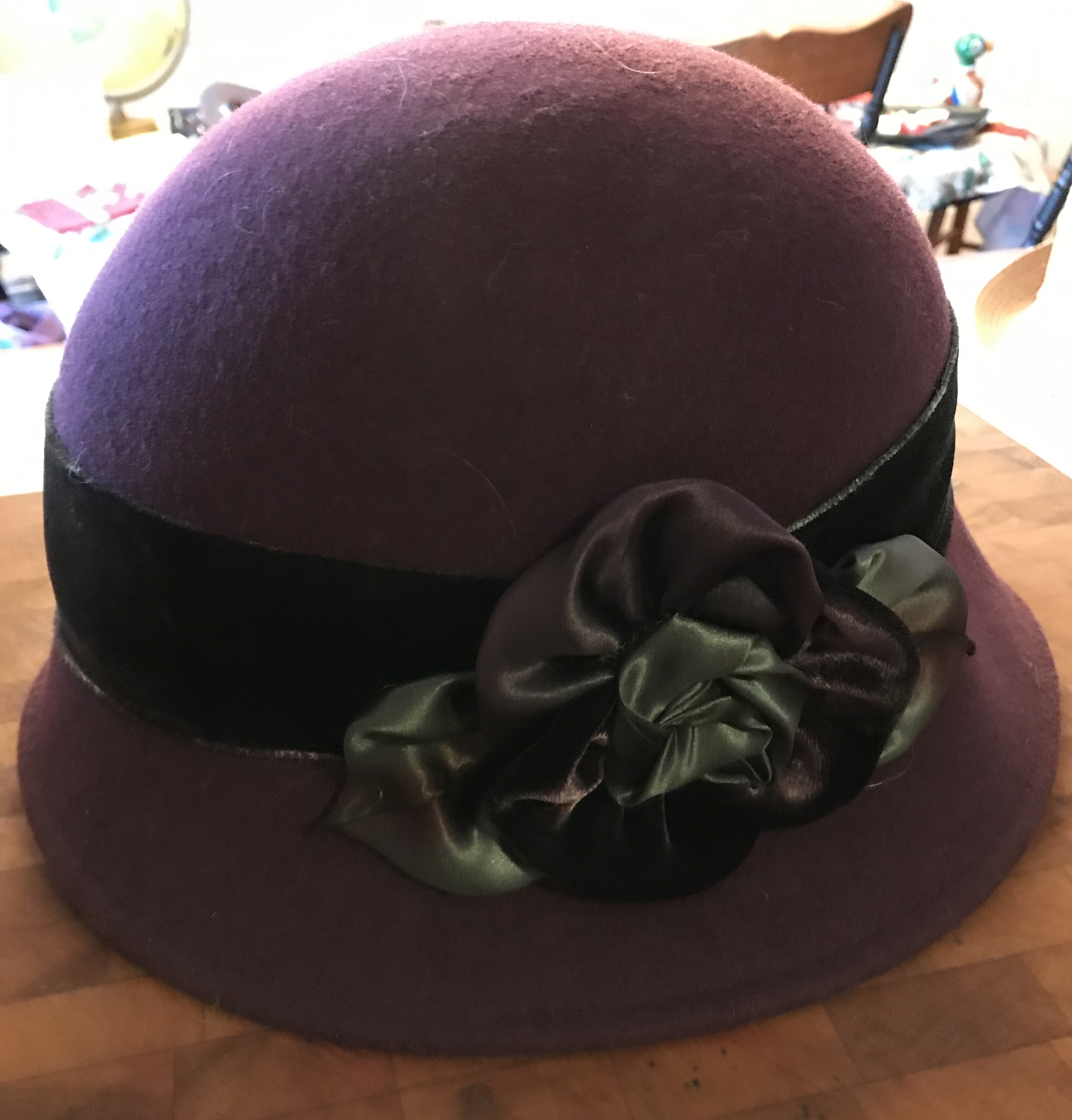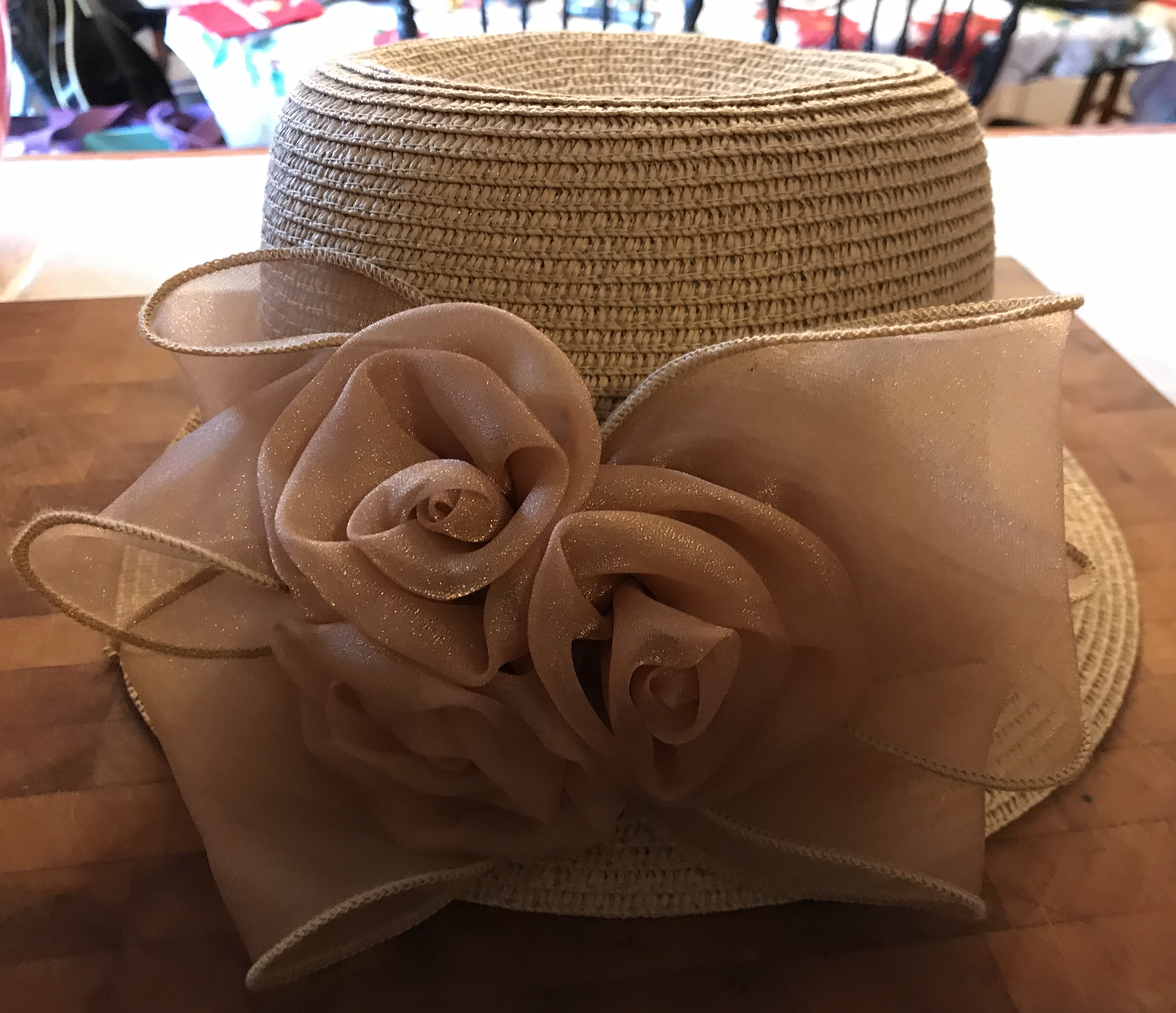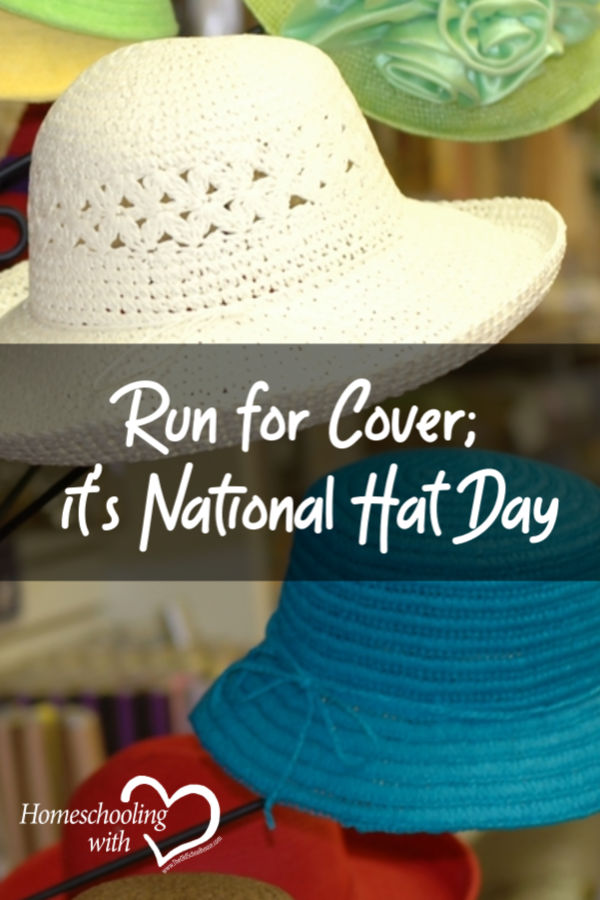Run for Cover; It’s National Hat Day


Whether you call them hats, caps, lids, chapeaus, or any of the many other commonly recognized terms, head coverings are one of the oldest human accessories that are still widely used today. Some of their original purposes have changed or become obsolete as we’ll see later in the history of hats, but they’re still practical, purposeful, and stylish. January 15 is National Hat Day. Find your favorite in your own stash or buy one to join the celebration.
There are hard hats for safety and protection, coverings for religious purposes, ceremonial hats, and hats for warmth and style.
History of Hats
No one knows the exact origin of hats, but a 5200-year-old painting in a Thebes tomb of a man wearing a straw-looking hat is one of the earliest depictions cited by scholars. That style of hat, known as the Phrygian hat, was common in Ancient Greece and Rome. Newly released slaves were often given one to symbolize their freedom, so they also became known as “Liberty Caps.”
The Old Testament only has several vague references to hats. Daniel 3:21 mentions karbela (Aramaic, translated as hat), but scholars aren’t exactly clear what kind of hat the passage is depicting. There’s also references to “ropes on the head” in 1 Kings 20:31 and Egyptian depictions of Syrians with cords in their hair, but that wasn’t a custom that survived. It is believed that later Israelites wore something akin to the modern Bedouin, a cloth that covers the head and neck to protect them from the sun. Still later, Israelites wore turbans still donned by the Fella-heen today. These are cotton cloths made into caps to protect their outer coverings from perspiration. A felt cap is worn over the first cotton layer with a second long piece of cotton cloth wrapped around the top. These multi-purpose coverings not only protect from the sun but also serve as purses and pillows.
The classic three-cornered hat generally attributed to the French Revolution, but whose style goes back to the Liberty Caps, had brim-formed “gutters” to steer rain away from the face. Eighteenth-century women often wore begere, or shepherdess hats, as a symbol of wealth. The stylish wide-brimmed straw hats protected women’s skin and were decorated with flowers and feathers.

Social Movements
In 1997, Sue Ellen Cooper gifted a red hat to a friend for her fiftieth birthday as a reminder to grow older playfully. Cooper wore her own $7.50 red fedora in the same spirit of playfulness, and the message resonated with other women she encountered. Before long, the Red Hat Society was born. The organization grew from 2 chapters to 40,000 within five years and continues to be a social movement stressing friendship and sisterhood, and it all started with an impulse purchase of a thrift-store hat.
The American Cancer Society has hats and covers available for people going through chemotherapy.
You can purchase caps and hats for babies in the Neonatal Intensive Care Unit, but there are many individuals and yarn clubs who donate knitted and crocheted hats for vulnerable newborns. There are even those who donate hats specifically for infants born stillborn or who pass shortly after birth.

Hat Idioms
“I’ll hang my hat on it” means that one is willing to depend or rely on something.
“Keep this news under your hat” means not to share the preceding information.
When you give a “hats off” to someone, you’re admiring something they’ve accomplished.
“Hold on to your hat” signals a warning or surprise.
“Wearing many hats” is usually a reference to someone having multiple roles in something. For me, it’s both. I’m often referred to as “the hat lady” since I wear them more often than not, but I’m also involved in a number of different projects.
“Putting on your thinking cap” means to consider something carefully in an attempt to solve or resolve an issue. You can even buy thinking caps for fun.

Fun Hat Facts
Besides being used as idioms, hats have been the topic of many songs and poems.
- London has special “tall” taxies so gentleman need not remove their top hat on the ride.
- White tall chef hats have 100 pleats to represent the many ways to prepare an egg.
- Elizabeth I had a law that everyone 7 years and older had to wear a hat on Sunday and holy days.
- A Kentucky law forbids a man to buy a ten-gallon hat without his wife present to assist.
- A Fargo, North Dakota law forbids dancing while wearing a hat with jail-time as penalty.
So how can you join me in celebrating hat day? Grab a lid. Sport a baseball cap, bonnet, fedora, top hat, or my favorite – a captain’s hat, or any other cover, post your photos, and spread the word.
Sources
http://www.holidayscalendar.com/event/national-hat-day/
https://www.biblestudytools.com/dictionary/hat/
https://allthatsinteresting.com/the-fascinating-history-of-hats
https://www.redhatsociety.com/page/red_hat_revolution
http://www.historyofhats.net/hat-facts/interesting-facts-about-hats/
Hats Off to Homeschooling,
Regina Cyzick Harlow
Memoirist Regina Cyzick Harlow was in the Old Order Horse and Buggy Mennonite church and allowed only a formal eighth-grade education. She landed her first paid writing gig at the Daily News~Record in Harrisonburg, VA with just the general education diploma she earned as a young adult. She and her family live and homeschool in Virginia.
Regina co-founded the Sadie Rose Foundation with her husband, a non-profit organization providing peer support for those grieving the death of a child. There she has spent twelve years creating newsletter content and workshops, empowering grievers to more clearly communicate their suffering and helping supporters become better friends. She manages the family website at www.theharlowhearth.com.













































